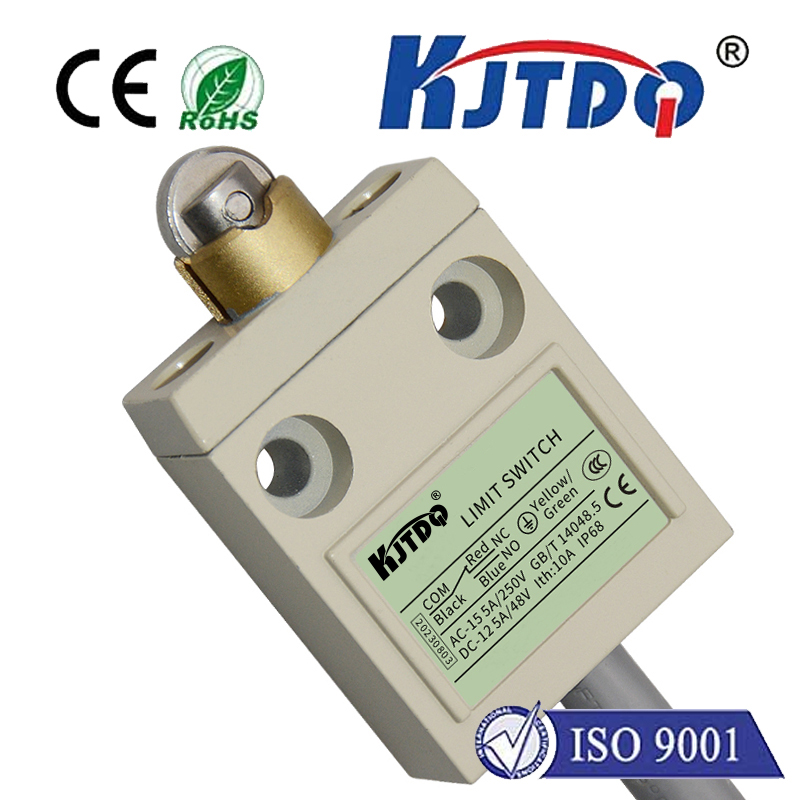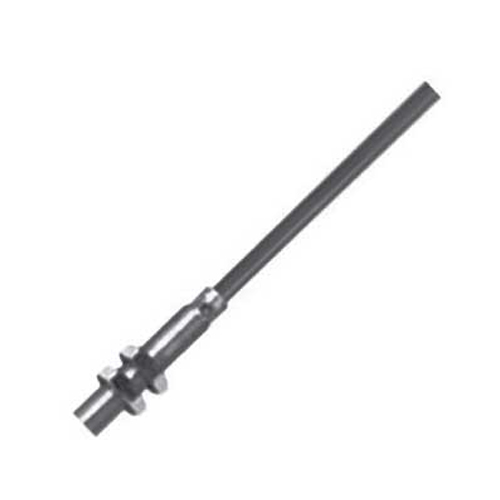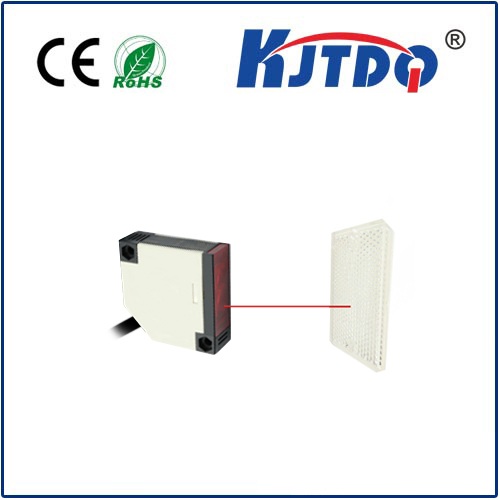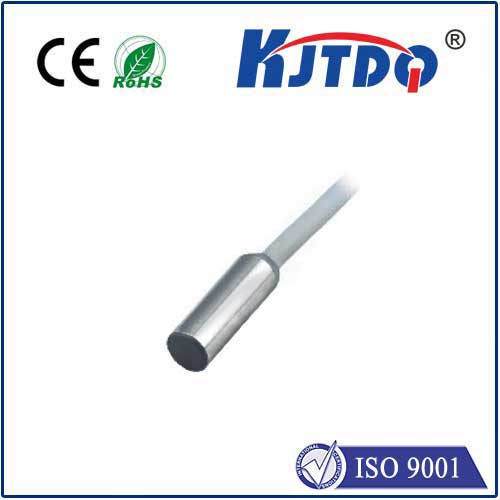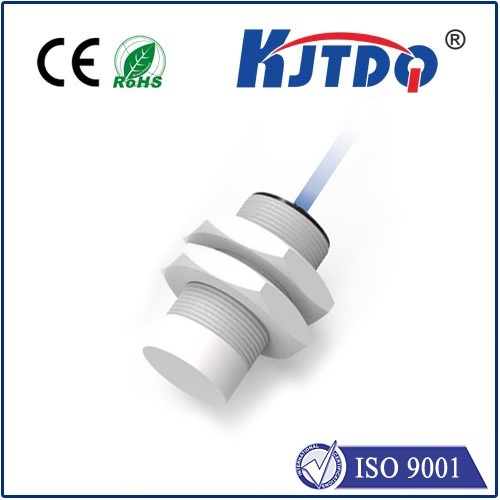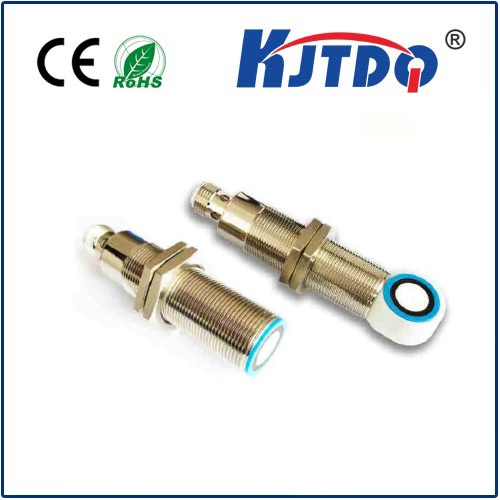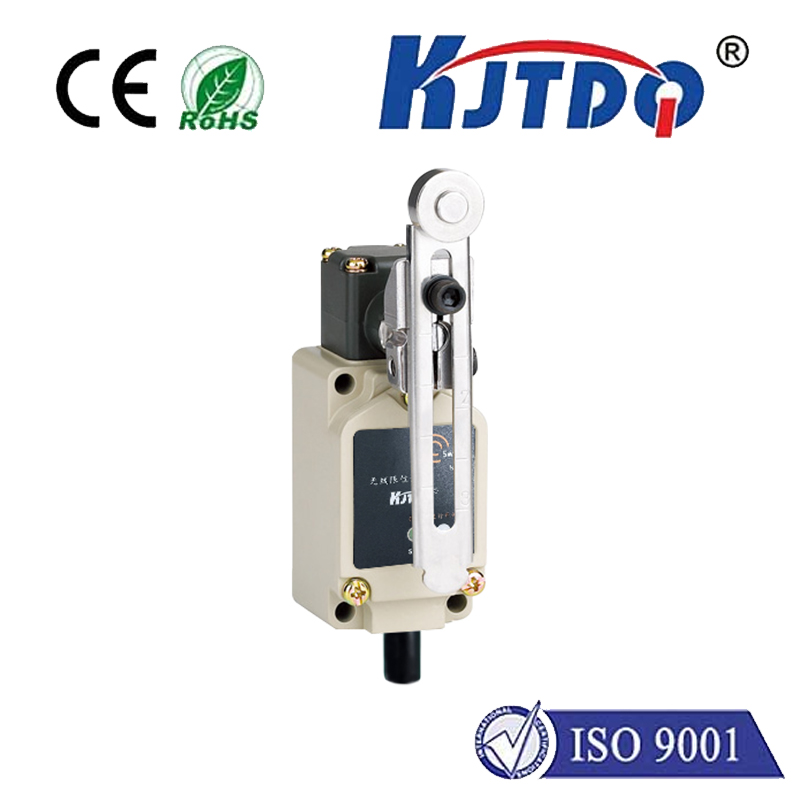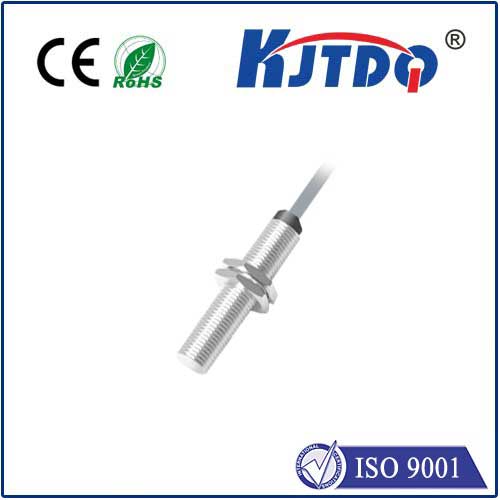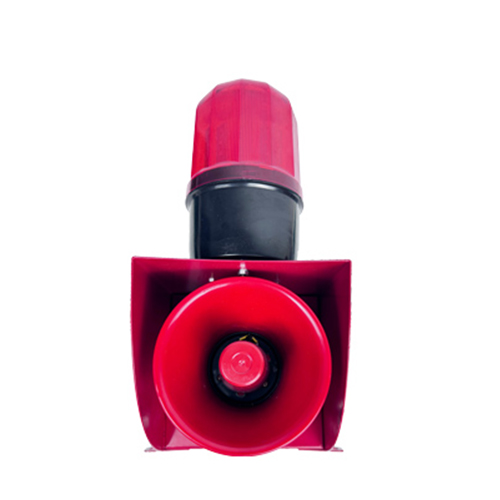PL1503 pressure sensor
- time:2025-09-23 07:05:50
- Click:0
PL1503 Pressure Sensor: Mastering Precision Measurement in Harsh Industrial Environments
Pressure. It’s an invisible force shaping everything from the weather to the beating of our hearts. In the demanding world of industrial automation, process control, and critical systems, accurately measuring pressure isn’t just useful – it’s fundamental to safety, efficiency, and product quality. Enter sensors like the PL1503 pressure sensor, a workhorse designed to deliver reliable, high-precision readings even when conditions are less than ideal. Understanding its capabilities and applications is key for engineers and system designers seeking robust solutions.
Beyond the Gauge: The Science Behind the Sensor
The PL1503 typically belongs to the family of piezoresistive silicon pressure sensors. This technology leverages the fascinating property of silicon: its electrical resistance changes when subjected to mechanical stress. Inside the sensor, a tiny, precisely etched silicon diaphragm acts like a trampoline. When pressure is applied, this diaphragm flexes minutely. Embedded within it are incredibly small resistors, arranged in a Wheatstone bridge configuration. The flexing of the diaphragm strains these resistors, causing a proportional change in their resistance. This imbalance in the bridge circuit generates a small electrical output voltage signal directly correlated to the applied pressure. This direct conversion from physical force to electrical signal is the core of its functionality.

Why the PL1503 Stands Out: Key Specifications and Advantages
While specific parameters can vary slightly based on the manufacturer and exact model suffix (e.g., PL1503-A, PL1503-B), the PL1503 series is generally recognized for delivering performance that meets rigorous industrial standards. Its core strengths often include:
- High Accuracy and Stability: Engineered for precision, the PL1503 typically offers excellent long-term stability and low hysteresis, meaning its readings are consistent and repeatable over time and across measurement cycles. This is paramount for process control where small deviations matter.
- Rugged Construction for Industrial Use: Designed for the real world, these sensors often feature robust stainless steel wetted parts, capable of withstanding exposure to a variety of media (liquids, gases) and resisting corrosion. Their construction prioritizes durability in harsh environments – vibrations, shock, and challenging operating temperatures are factored in.
- Wide Pressure Ranges: Versatility is a key attribute. The PL1503 series usually covers a broad spectrum of pressure ranges, from relatively low vacuum or gauge pressures up to high pressures measured in hundreds or even thousands of bar/psi, catering to diverse application needs.
- Multiple Output Options & Configurations: Flexibility is crucial for integration. You’ll commonly find variants offering industry-standard outputs like 0.5-4.5V ratiometric, 0-10V, 0-5V, or 4-20mA analog signals. Different pressure port types (e.g., G1/4”, NPT, flush diaphragm) and electrical connections (cable, connector) are also typically available.
- Media Compatibility: Depending on the variant, the sensor’s wetted materials (usually 316L stainless steel) allow compatibility with a wide range of non-aggressive liquids and gases commonly found in industrial processes, HVAC systems, hydraulics, and pneumatics.
Where the PL1503 Proves Its Mettle: Core Applications
The combination of robustness, precision, and flexibility makes the PL1503 pressure sensor a preferred choice across numerous demanding sectors:
- Industrial Automation & Process Control: Monitoring and controlling pressure in pumps, valves, compressors, filtration systems, and chemical processing plants. It ensures processes run efficiently and safely within defined parameters.
- Hydraulic and Pneumatic Systems: Essential for monitoring pressure levels in hydraulic power units, actuators, cylinders, and air compressors. Real-time pressure feedback is critical for system performance and preventing overloads.
- HVAC-R (Heating, Ventilation, Air Conditioning, Refrigeration): Measuring refrigerant pressures, filter status (via differential pressure), and air/gas pressures in ducts and systems to optimize energy efficiency and system health.
- Test & Measurement Benches: Providing accurate pressure data during product testing, calibration routines, and research & development activities where reliable measurement integrity is non-negotiable.
- Mobile Machinery: Used in construction equipment, agricultural machinery, and material handling systems to monitor hydraulic pressures and ensure safe and efficient operation under variable loads and conditions.
- Water & Wastewater Management: Monitoring pump pressures, filter status, and tank levels within treatment plants and distribution networks.
Implementing the PL1503: Best Practices for Optimal Performance
To extract the maximum performance and longevity from a PL1503 pressure sensor, consider these critical installation and usage guidelines:
- Correct Range Selection: Always select a sensor where the normal operating pressure falls within 60-70% of its full-scale range. Avoid sustained exposure near the upper or lower limits to prevent damage and maintain accuracy.
- Avoid Pressure Spikes and Water Hammer: Implement protective measures like snubbers or pressure dampeners if the application involves sudden pressure surges or water hammer. These transient peaks can exceed the sensor’s overpressure rating.
- Consider Media Compatibility: Double-check the sensor’s wetted materials against the fluid or gas it will contact. Aggressive media may require specialized diaphragms or seals (which might be available as specific PL1503 variants).
- Proper Mounting & Sealing: Ensure the pressure port is correctly mounted using appropriate seals (O-rings, thread sealant compatible with the media) and tightened to the specified torque. Avoid introducing mechanical stress on the sensor body.
- Environmental Protection: While rugged, protect the sensor from excessive moisture, dust, and corrosive atmospheres if its native rating (e.g., IP65) is insufficient for the specific environment. Conduit or protective enclosures may be necessary.
- Electrical Connections & Shielding: Use shielded cable and follow proper grounding practices to minimize the impact of electromagnetic interference (EMI) on the analog output signal, ensuring signal integrity.
- Regular Calibration: Like any precision instrument, periodic calibration against a trusted standard is essential to maintain accuracy over the long term. Factor this into maintenance schedules.
The Indispensable Tool for Reliable Pressure Data
In the complex tapestry of modern industrial systems, the PL1503 pressure sensor represents a mature and battle-tested solution. Its design philosophy centers on delivering dependable, high-fidelity pressure data under conditions that would challenge lesser instruments. From ensuring the smooth flow of fluids in a refinery to guaranteeing the precise force in a robotic arm, the accuracy provided by sensors like the PL1503 is foundational. For engineers tasked with system design, maintenance, or optimization, understanding its strengths – high accuracy, ruggedness, versatility in range and output, and proven industrial pedigree – allows for informed selection. Choosing the right tool, such as the PL1503 pressure transducer, translates directly to enhanced safety, improved process efficiency, reduced downtime, and ultimately, a more robust and reliable operation. It’s not merely a component; it’s a critical sentinel monitoring the vital force of pressure that drives countless industrial processes.






